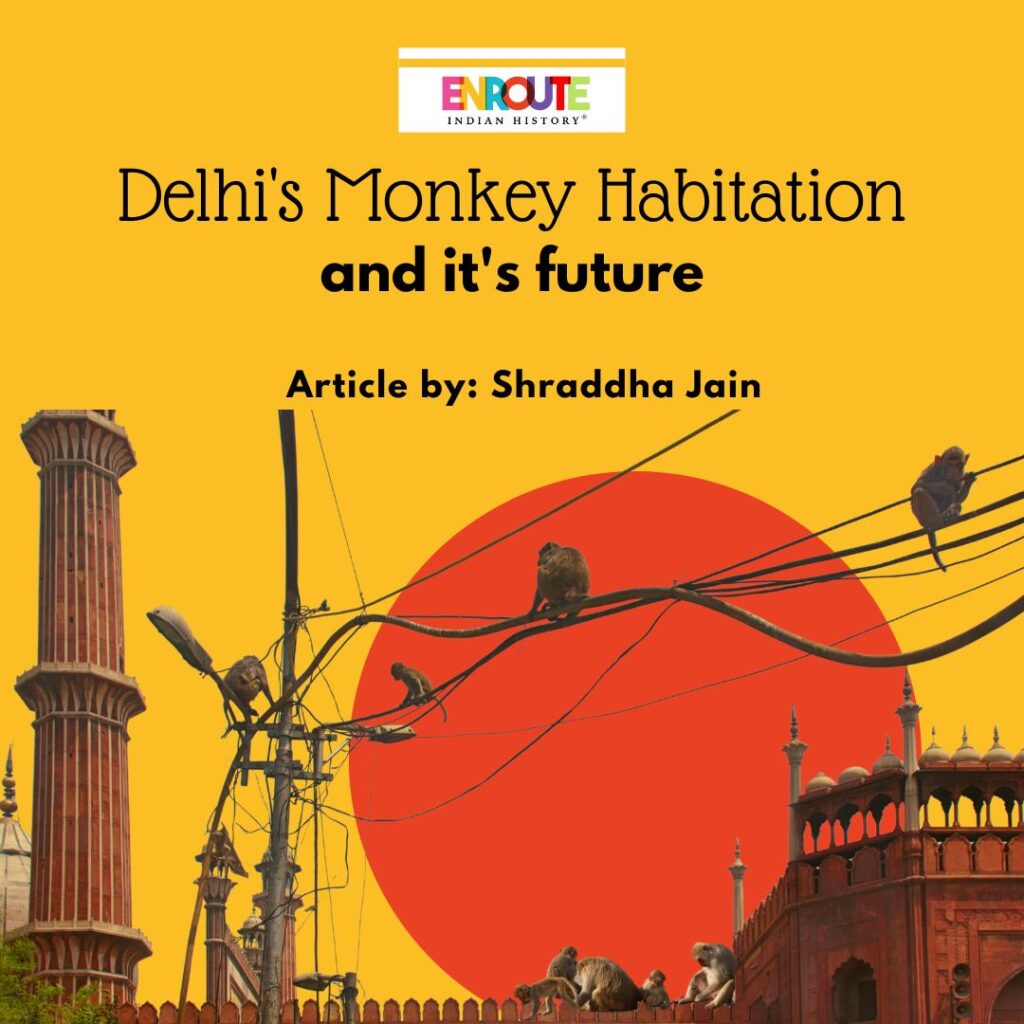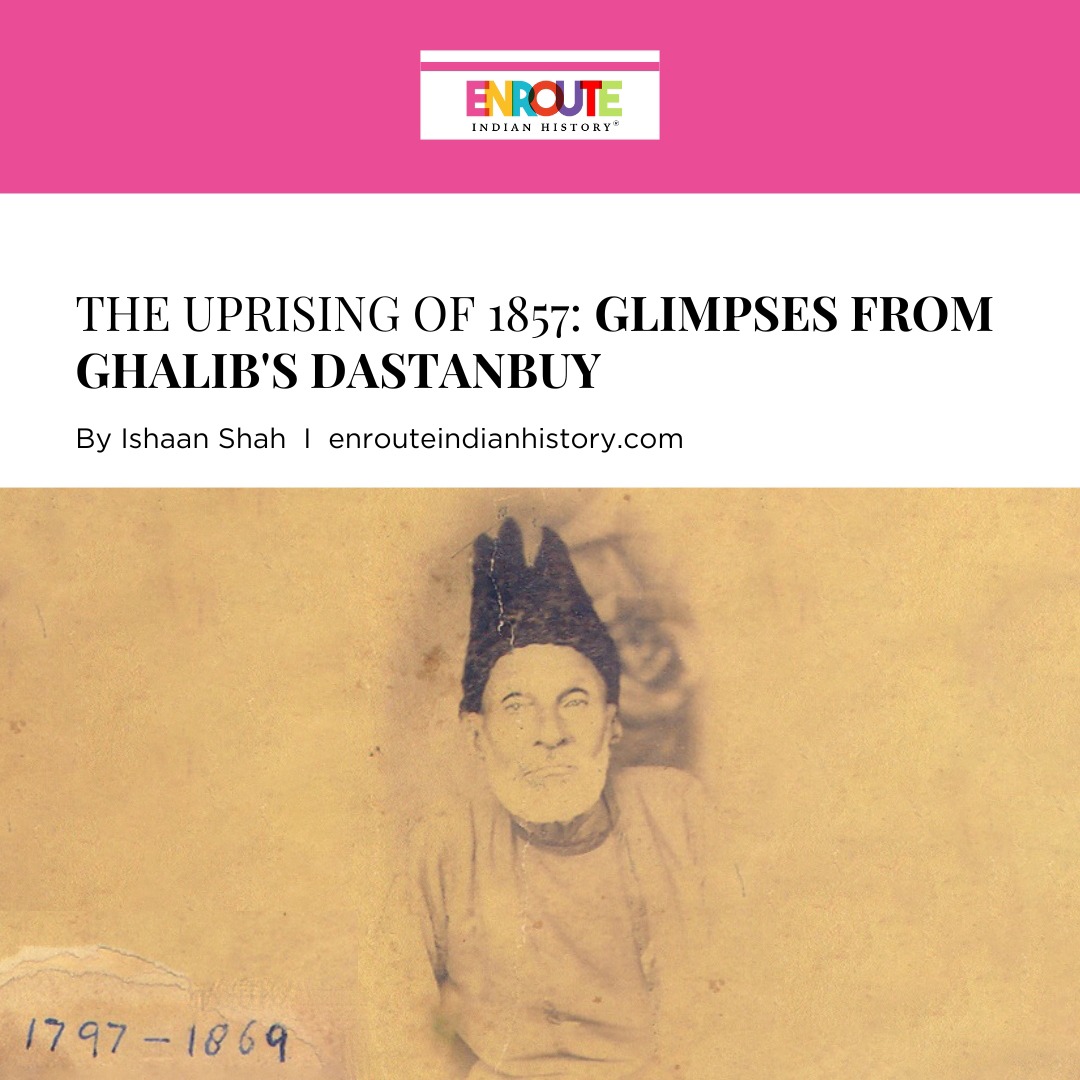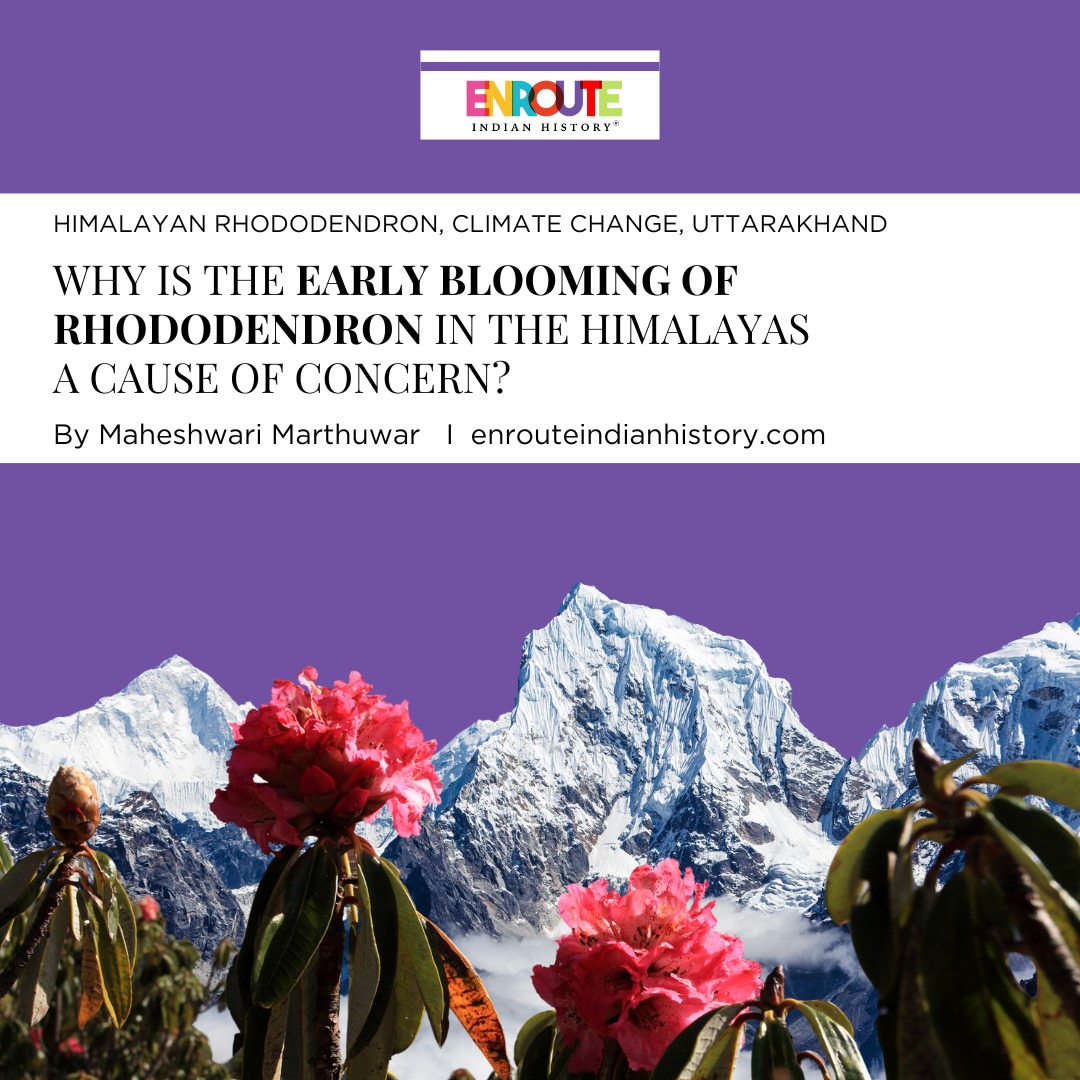
Delhi is famously known for its cosmopolitanism, inhabiting kaleidoscopic cultural diversities. Even the history of Delhi is such that the place has been thronged by a large number of population. But surprisingly what many are not aware about is the significant population of monkeys inhabiting (Habitation of Monkeys) Delhi along with people. Whether it’s Old Delhi or Lutyens Delhi, you can find monkeys everywhere. Walking,hopping the top of the roofs,hanging in air on those tangled electric wires, playing,fighting and relaxing among themselves. Monkeys are one of the city’s oldest inhabitants.Historically, monkeys and humans have shared the same habitats and have built a certain kind of relationship. However, as the city is expanding and urbanizing,these rhesus macaques are having difficulties in finding a safe haven for themselves.
In myths, legends of monkeys are very popular in India. Monkeys generally called bandars are considered to be descendants of Hindu God Hanuman. In Delhi,like in other parts of India, Hanuman Temples are populated by monkeys. As the ancient traditions continue, monkeys are revered and fed by people especially on the auspicious days of Tuesday and Saturday. Feeding monkeys is believed as elimination of one’s paps and receiving some punyas in their bucket. Historically, monkeys have had a significant presence in Delhi. Babur mentioned monkeys in his memories. He had explicitly mentioned in his book about these animals being called bandar in India.Jugglers using them for entertainment purposes,teaching them several tricks and plays. Jehangir too had mentioned about them. Even the legends of monkeys keep circulating taking new forms. In 2001, in parts of East Delhi, rumors of Monkey-man also known as Kala Bandar spreaded. It wreaked such havoc that it affected the law and order situation of Delhi. People reported that they were being attacked by Kala Bandar. Rakesh Omprakash Mehra had documented the story of Kala bandar in his movie Delhi 6.

Rhesus macaques, one of the types of monkeys, are particularly found in Delhi. Delhi’s climate and availability of food have led to their continuous explosion in population. Delhi has a population of 25000 monkeys residing within the city.The delicate balance between humans and monkeys started to affect. Monkeys were considered to be a hindrance in the goal of rapid urbanization and the dream of turning Delhi into a world class city. Monkeys were considered to be a menace and as rapid expansion and urbanization of Delhi led to encroachment of their spaces, monkeys were pushed to the corners. They were neglected in the process of urbanization. They started feeling threatened by people. Reports of attacking,snatching,destroying people’s belongings have increased in recent years. This issue spiraled even more in 2007,when a Deputy Mayor died while confronting monkeys on his roof. Meanwhile, he fell from the roof and died due to injury in head.
To handle problems of monkeys Delhi Court and the government of Delhi had decided to take several measures. Delhi High Court asked the government to translocate the population of monkeys to Asola Bhatti Wildlife Sanctuary. The sanctuary is located in South Delhi District, along Haryana- Delhi border. The government took measures such as sterilization processes and employed monkey catchers to control the population and keep a vigil on monkeys. However, the solution could not impact much due to animal right activists. They protested against states’ measures and deemed them to be harsher on animals.
Monkeys and humans have been cohabitants historically. The fragile balance has been disturbed in the recent past due to several aforementioned factors. Nevertheless, places with natural environments have been designated,built and marked exclusive monkey zones or monkey parks. Monkey parks are full of luxuriant trees. Northern Ridge, Monkey parks in Mehrauli and Kashmiri Gate , Monkey Place in Diplomatic Enclave have been a shelter for monkeys.People visit these parks to feed them.

In Spite of measures and establishment of various parks,the problem of habitation has persisted for a long time. Delhi’s history of planning suggests that the schemes for settlements for animals have not been incorporated. The idea of a world class city is not inclusive of the biodiversity which the city of Delhi has.Yet,monkeys on streets,on the top of government buildings,in educational campuses,hospitals etc. are the realities which no one can escape. Therefore, a newer mindset and much more inclusive approach is required in the process of planning.
REFERENCES:
Ajay Gandhi,Catch me if you can: Monkey capture in Delhi, Volume 13, Issue 1, Sage Publications,2012
S.K Verma,DK Shrivastava,A study on mass hysteria (monkey men?) victims in East Delhi, Indian J Med Sci 2003
Enayatullah Khan,WILD MAMMALS IN MUGHAL SOURCES,Proceedings of the Indian History Congress
, Vol. 72, PART-I (2011), pp. 551-559
Asola Wildlife Sanctuary, Delhi Forest Department


























